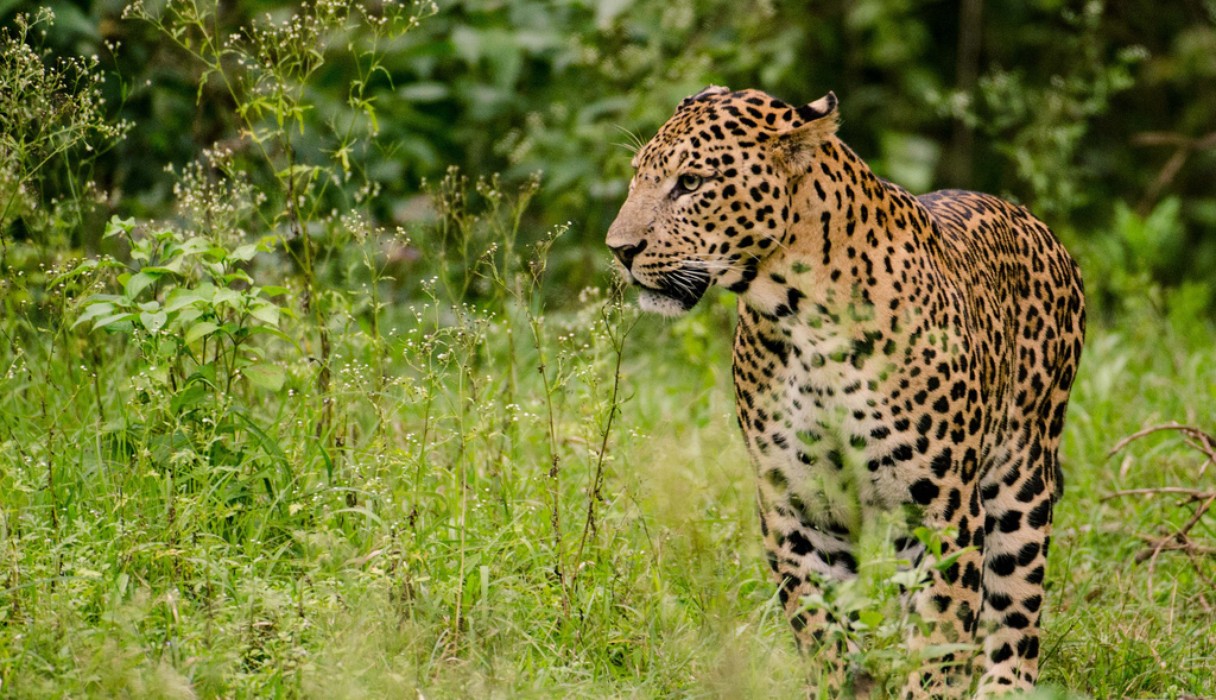The big cats, though a threatened species, are occasionally killed in retaliation for taking the lives of humans or livestock, to the applause of villagers and the dismay of conservationists.
To help mitigate this conflict, the Wildlife Conservation Society hopes to shed light on what leopards eat. By sifting through remains in cat scat, the biologists found that most of the animals’ diet were domestic animals — though pet animals, not livestock. Dogs represented nearly 40 percent of the leopard diet and cats made up 15 percent, the researchers reported in the journal Oryx. Cows, goats and other livestock, on the other hand, comprises less than a fifth of the prey on the leopard menu.
The WCS writes that the “human-leopard 'conflict' is more likely to be related to people’s fears of leopards foraging in the proximity of their houses and the sentimental value of dogs as pets.”
Across Asia and Africa, conservation groups like WCS and Pantera are working to stanch the numbers of leopards killed by commercial hunters. Through Pantera’s Munyawana Leopard Project, for example, leopards in parts of Africa have longer lives and raise more cubs.
In India, likewise, some leopard populations are growing. “During the past two-to-three decades, legal regulation of leopard hunting, increased conservation awareness, and the rising numbers of feral dogs as prey have all led to an increase in leopard numbers outside of nature reserves in agricultural landscapes,” Ullas Karanth, a WCS biologist and study author, says in a statement. “While this is good news for conservation and a tribute to the social tolerance of Indian people, it also poses major challenges of managing conflict that occasionally breaks out. Only sound science can help us face this challenge.”
source

No comments:
Post a Comment